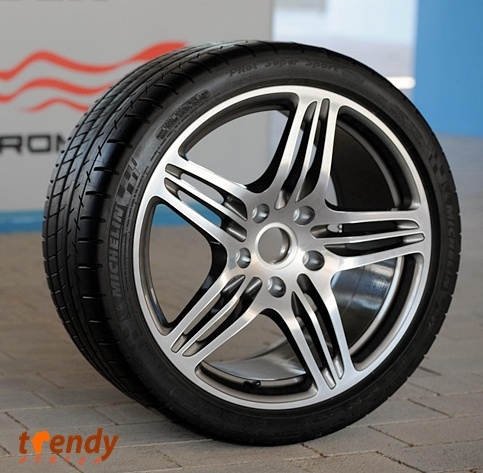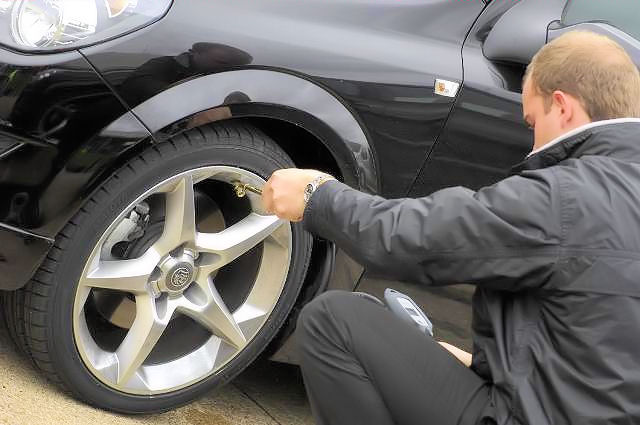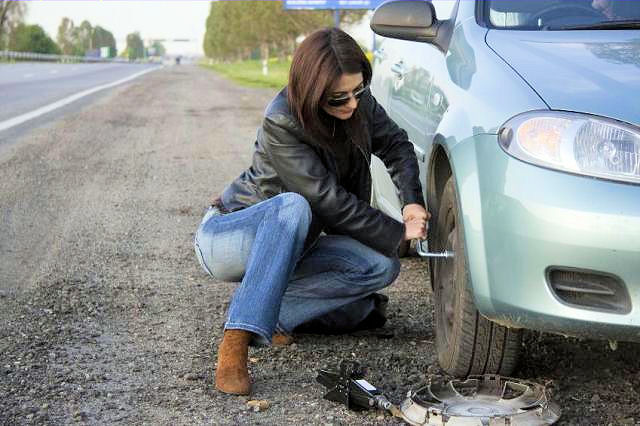Before embarking on hot summer road trips, drivers should include making sure that their tires have adequate tread depth, ensuring their tires are properly inflated for the load being carried (including the spare tire) and making sure that the general condition of the tires is good. Driver’s failing to make these checks are more likely to be involved in a tire related incident.
As well as the reduced likelihood of being involved in an accident, other benefits for drivers of correct tire care include longer tire life and reduced gas bills. When tires are underinflated their rolling resistance increases meaning more fuel is required to drive the car.
Furthermore, under-inflated tires cause additional unnecessary expense for drivers as they wear out much quicker and need replacing sooner. When run at 80 percent of the recommend pressure, it is estimated that tire life falls to around 75 percent. At 60 percent pressure, tire life falls to just 35 percent.
When checking tire pressures, drivers should ensure they are inflated to the correct levels for the load being carried. Many vehicles require higher tire pressures when carrying extra passengers or heavy items such as suitcases, bikes or roof boxes. Details of correct tire pressures can be found either in the driver’s handbook, inside the fuel filler cap, or on a plate located on the driver’s door sill.
How to check your tire pressures
1. Check your tire pressures at least once a month or before a long journey.
2. Pressures should be checked against the vehicle manufacturer’s recommended level. This can be found in the vehicle handbook and on a plate which is often located inside the fuel filler flap or on the driver’s door sill.
3. Check the pressure when tires are cold (i.e. when you have travelled less than two miles).
4. If you are carrying a full load of passengers or luggage or will be towing a trailer or caravan, tire pressures should be increased in line with the vehicle manufacturer’s recommendations. Details can be found in the vehicle handbook.
5. Ensure a reliable and accurate pressure gauge is used.
6. Check the pressure in all four tires not forgetting to check the spare tire as well.
7. While checking pressures, give the rest of the tire a visual inspection. Remove any stones and other objects embedded in the tread. Look out for any bulges, lumps or cuts.
8. If you are unsure on any aspect of tire pressure or tire condition take your vehicle to an approved fitting centre and speak to the experts.
Courtesy of Trendy Africa Motoring (Carliners)





Leave a Reply